 |
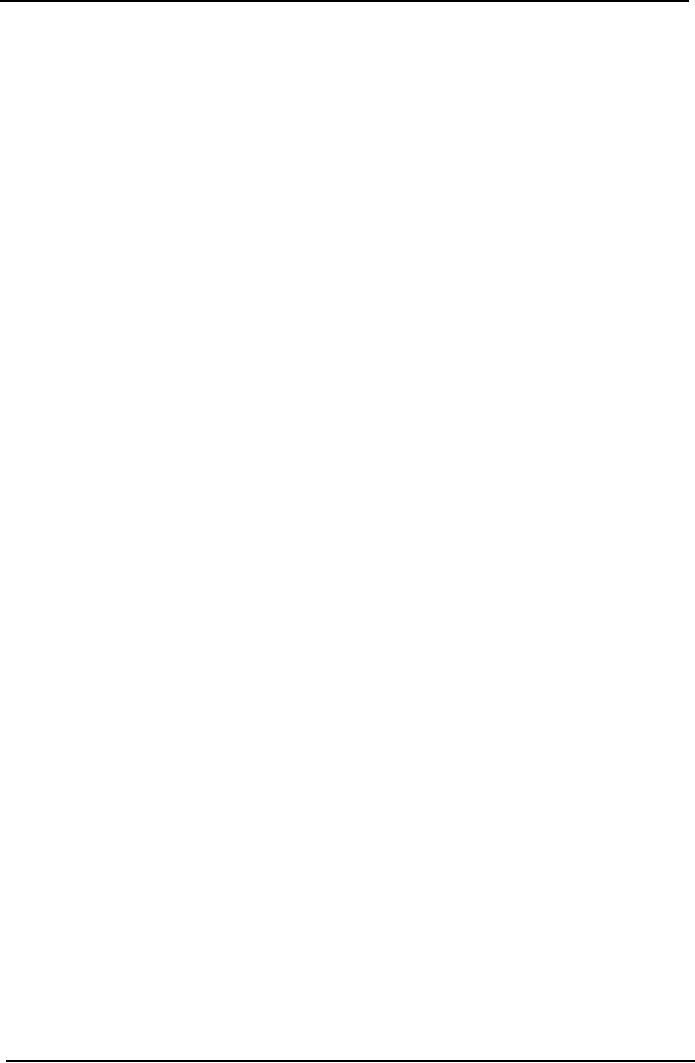
Cost
& Management Accounting
(MGT-402)
VU
LESSON#
19
PROCESS
COSTING SYSTEM
(An
introduction)
Definition
Process
costing system applies when
standardised goods are produced
tom a series of
inter-
connected
operations.
In
some industries, the output produced
emerges from a continuous
process. An example might
be
an
oil refinery; Oil in a raw
state is input and subjected
to a process of purification. Refined
oil
emerges
at the end of the
process.
Problems
that arise in such situations include
the attribution of materials
costs and conversion
costs
to units of finished output
and the occurrence of losses
during the process (spoilt
or lost
production).
The
characteristics and application of
process costing
Continuous
production
In
the job order costing, costs
were directly allocated to a
particular job. When
standardised goods
or
services result from a
sequence of repetitive and continuous
operations, it is useful to work
out
the
cost of each operation. Then
because every unit produced may be
assumed to have
involved
the
same amount of work, costs
for a period are charged to
processes or operations, and unit
costs
are
ascertained by dividing process
costs by the quantity of
output units produced This is
know n
as
process costing.
Series
of interconnected operations
Process
costing applies when standardised
goods are produced from a
series of interconnected
operations.
Process costing system is employed by industries
possessing following
characteristics:
1.
There is mass production of a
single product or two or
more products in successive
runs
of
scheduled duration e.g.,
vegetable canning or fruit juice
bottling.
2.
All units of output are
exactly similar and are produced by the
same manufacturing
process.
3.
Entire manufacturing process is divided
into departments or processes, each
performing a
specific
set of operations.
4.
Completed output of each department,
except the last one, is the
raw materials for the
next
department.
5.
Manufacturing operations may result in
production of joint products or by
products.
6.
Production is not in response to
customers' orders but in anticipation of
demand.
Examples
of industries using
Process Costing include:
Bottling,
Pharmaceuticals, Cement, Paint, Coal, Distilleries
Electricity, Ice, Soap,
Sugar, Canning,
Chemicals,
Cooking oil, Electric
appliances, Flour, Natural
gas, Petroleum Products, Rubber,
Steel,
Textile.
Under process costing, for
the purpose of cost control,
each department involved
in
manufacturing
process is regarded as a cost centre
and product costs are
accumulated separately
for
each department. Cost
Centre means a
division or segment for which an
individual is made responsible
.for
the incurrence of cost
Departmental
costs are passed through
department work in process accounts
and not through a
single
work in process control
account as in job costing. As all
units are produced from the
same
raw
materials and by same
manufacturing operations, therefore, it is
assumed that same cost
is
chargeable
to each unit. Instead of accumulating
cost of individual units, an
average unit cost is
computed
by dividing total cost by
total output of the period.
Cost is associated only
with
departments
and not with jobs. It
reduces clerical efforts for
accumulation and analysis of
cost. In
this
way process costing is less
expensive, as
compared with job
costing.
133
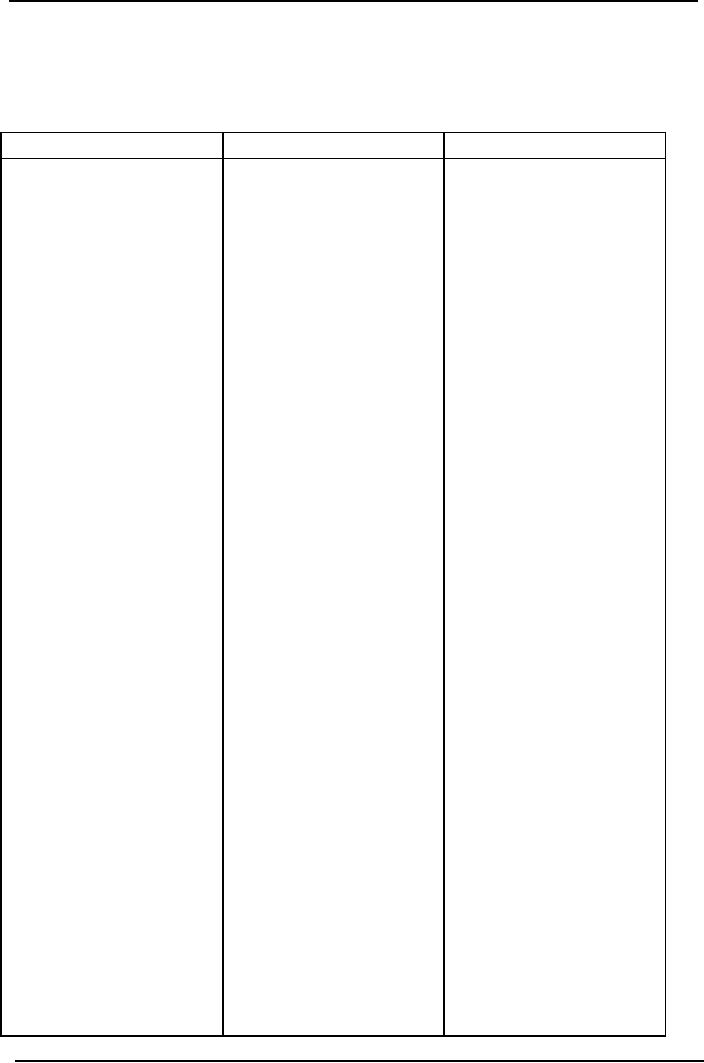
Cost
& Management Accounting
(MGT-402)
VU
The
Process Cost Sheet also
called Cost
of Production Report is the
basic document in process
costing.
This document is prepared
for each department and
shows the quantities processed,
total
and
unit cost, and cost of
work transferred out, and
still in process. .
Following
table is meant to make the
difference between the two
costing systems more
clear.
Job
order costing system
Process
costing system
Where
different products
Application
Where
single standard
having
peculiar
product
is produced or
specifications
are produced
two
or more standard
against
customers' orders
products
are produced in
successive
runs.
Production
is for stock
and
in anticipation of
demand.
In
order to determine cost
Accumulation
of Cost
of
each job, costs
are
Costs
are associated
only
compiled
job wise. At the
same
time, to evaluate
with
departments
efficiency
of departmental
management
cost are also
compiled
department wise
Unit
cost is computed on
completion
of job. The job
may
itself be a single
cost
Cost
per unit
unit
e.g. a machine or it may
An
average unit cost is
be
a multi unit
computed
at the end of
costing
period by dividing
total
cost by units of
output
Only
one work in process
of
the period.
control
account is
maintained
A
separate work in process
control
account
is
More
clerical efforts are
Work
in process a/c
maintained
for
each
needed
to accumulate costs
producing
department
by
jobs and by departments,-
therefore,
the system is more
Cost
accumulation is simple
expensive
as
costs are accumulated
only
Cost
of operating the system
by
departments; therefore,
the
system is comparatively
less
expensive.
134
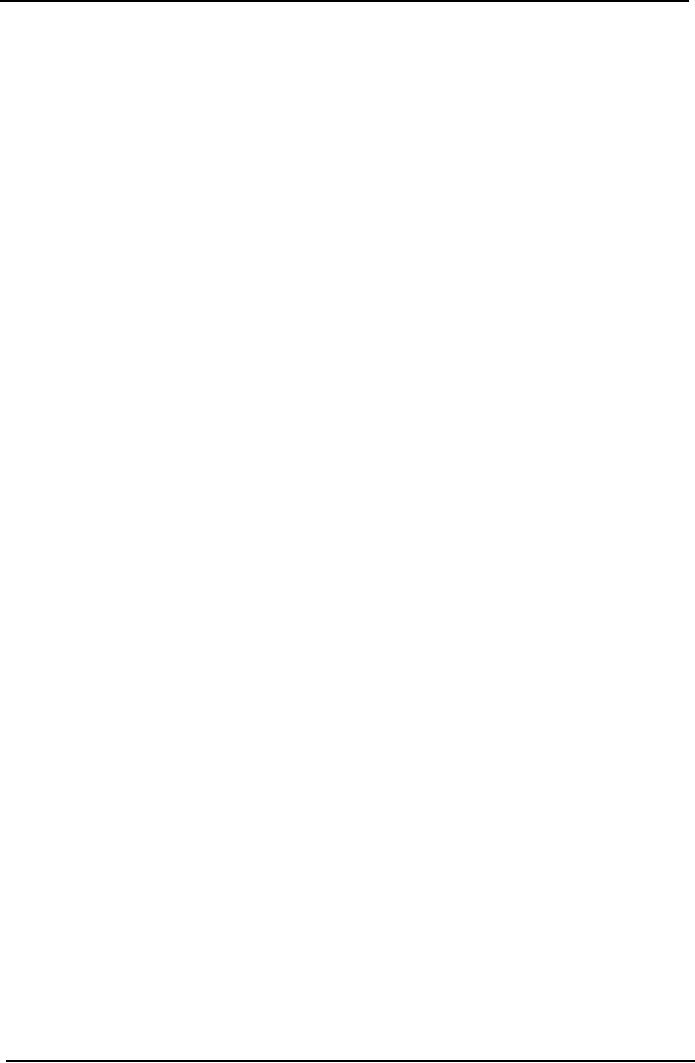
Cost
& Management Accounting
(MGT-402)
VU
Process
costing procedures
In
process costing industries standard
products are produced in accordance
with production
budget.
Therefore, it becomes unnecessary to
issue a production order.
Production Planning
and
Control
Department communicates production
targets to departmental heads by means of
written
letters.
Data of quantities produced by each department are
collected and compared with
budgeted
quantities
for control purposes. These
information are collected by departmental
supervisors or
quality
inspectors may recording these
data. Each producing department is a
cost centre because
for
the purpose of cost control
management is interested in ascertaining
departmental costs.
In
process costing, generally, a separate
work in process account is maintained
for each producing
department.
Data
Collection
Collection
of departmental cost figures of direct materials,
direct labor and factory
overhead is
based
on similar procedure as for, job order
costing. However, the source
documents used for
the
data
collection are comparatively simple.
These documents identify
costs only with
departments
and
not with jobs as
well.
Direct
Materials:
Production
people secure materials by
issuing properly authorised Materials
Requisitions. At the
end
of each month, these requisitions
are sorted and a Materials Requisition
Summary indicating
cost
of direct and indirect materials
issued to each department is
prepared. Monthly totals
of
direct
and indirect materials
issued are debited to departmental
work in process control
accounts
and
factory overhead control
account respectively and credited to
materials control
account.
Direct
Labor:
Instead
of using Job Time Tickets,
labor cost data are
accumulated on Clock Cards and
Daily
Time
Sheets. These documents show
labor time utilized by each
department and classification of
labor
cost as direct and indirect. At
the end of each month,
labor cost data accumulated on
these
source
documents are summarised in
Labor Cost Analysis Sheet indicating
direct and indirect
labor
cost for each department.
Monthly totals of direct labor
are debited to departmental work
in
process
accounts and indirect labor is
debited to factory overhead
control account.
Factory
Overhead:
Factory
overhead costs, other than
indirect materials and
indirect labor discussed earlier,
are
accumulated
in Voucher Register and in General
Journal by means of adjusting entries
for
depreciation,
expired insurance etc, Monthly
total, are debited to
factory overhead
control
account.
Factory
overhead is charged to production
through predetermined departmental factory
overhead
applied
rates. Some industries using process
costing charge actual factory
overhead to
departments.
This method gives satisfactory results if
production is stable from
month to month,
But
if there are fluctuations in
production volume, charge of
actual factory overhead
is
unsatisfactory
especially when considerable
portion of factory overhead is a
fixed cost,
Cost
of Completed Output:
Cost
of completed output of each production
department is calculated in Cost of
Production
Report.
Cost of units completed and
transferred out is credited to
work in process control
account
of
the respective department
and debited to work in
process control account of
the department
receiving
the units. Cost transferred
out by the last department
is, however, debited to
finished
goods
control account
135
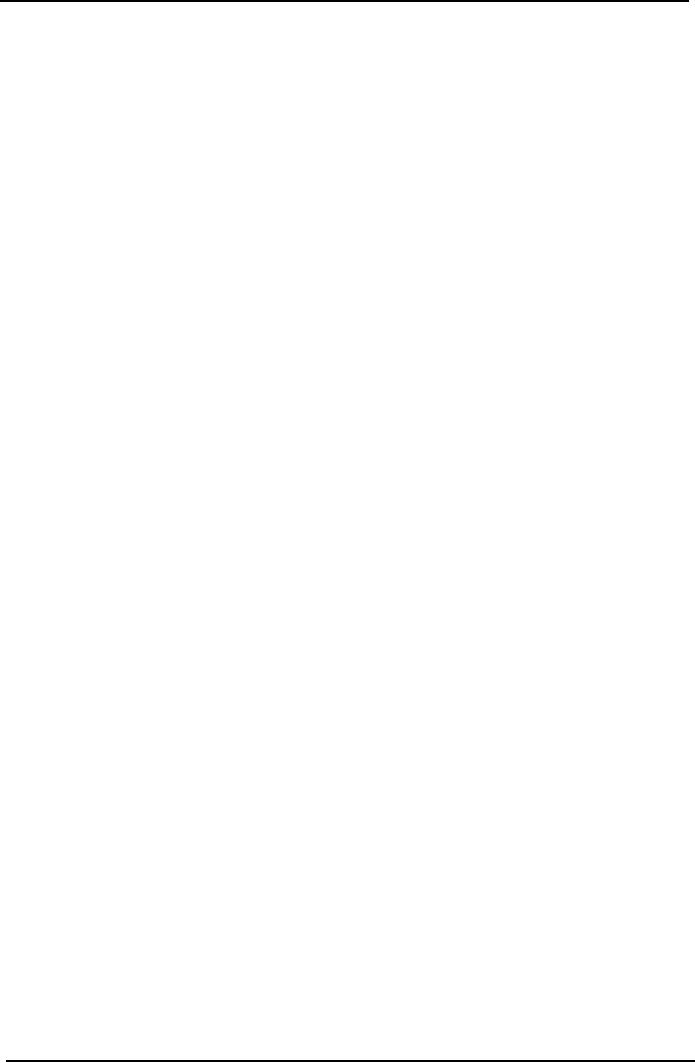
Cost
& Management Accounting
(MGT-402)
VU
Cost
of Production Report
In
process costing Cost of Production
Report also called Process
Cost Sheet is the
key
document.
At the end of costing period, generally a
month, a Cost of Production
Report is
prepared.
It summarizes the data of
quantity produced and cost
incurred by each
producing
department.
It also serves as a source
document for passing
accounting entries at the
end of
costing
period.
Cost
of production report is divided into
five
sections.
Each section is meant to provide
specific
information.
A brief description of these sections is
presented below:
1.
Quantity
schedule.
2.
Cost
accumulated in the department/process.
3.
Calculation
of equivalent units produced.
4.
Calculation
of cost per unit.
5.
Accounting
treatment / apportionment of the accumulated
cost
Quantity
Schedule:
The
first section Quantity
Schedule contains input and
output data in terms of quantities.
The
information
is presented in the following
order.
(i)
Units
in process at the beginning of costing
period.
(ii)
Units
started in process or received
from preceding department
during the period.
(Total
of (i) and (ii) constitutes
total units to be accounted
for)
(iii)
Units
completed and transferred to next
department or to finished
goods.
(iv)
Units
completed but still in the
department.
(v)
Units
in process at the end of the
period and their degree of
completion.
(vi)
Units
lost in process during the
period indicating whether normal loss or
abnormal loss.
The
stage of completion at which
the loss occurs is also
specified.
(Total
of (iii) , (iv) , (v) and
(vi) is again the total
units to be accounted for)
The
quantity schedule assists
management to look at a glance
production performance of
departments
as well as it provides necessary data
for preparing remaining sections of the
report.
Cost
accumulated in the department/process.
The
second section Cost
Accumulated to Departments shows
total cost for which
the
departments
are accountable. Total costs
include cost of beginning work in
process inventory,
cost
transferred in from the
preceding department and
cost of direct materials, direct labor
and
factory
overhead added by the
department. If there is normal
loss of units, unit cost
received
from
preceding department requires
adjustment. This adjustment
for lost units is also
shown in
this
section. This section provides
data for debiting work in
process control accounts of
the
departments.
Calculation
of equivalent units produced.
In
order to arrive at cost per
unit of output, total of
each cost element is divided by the
number of
units
produced, For this purpose, where at the
end of costing period, there are
some partially
completed
units in process, these
units must be stated in terms of
equivalent completed units,
For
example,
if 4,000 units. are in
process at the end of month
estimated as 50% complete, these
will
be
equivalent to 2,000 completed units.
These equivalent units are
added to units completed by
the
department to arrive at equivalent
production. Then total cost
is divided by this equivalent
production
figure to calculate unit
cost.
136
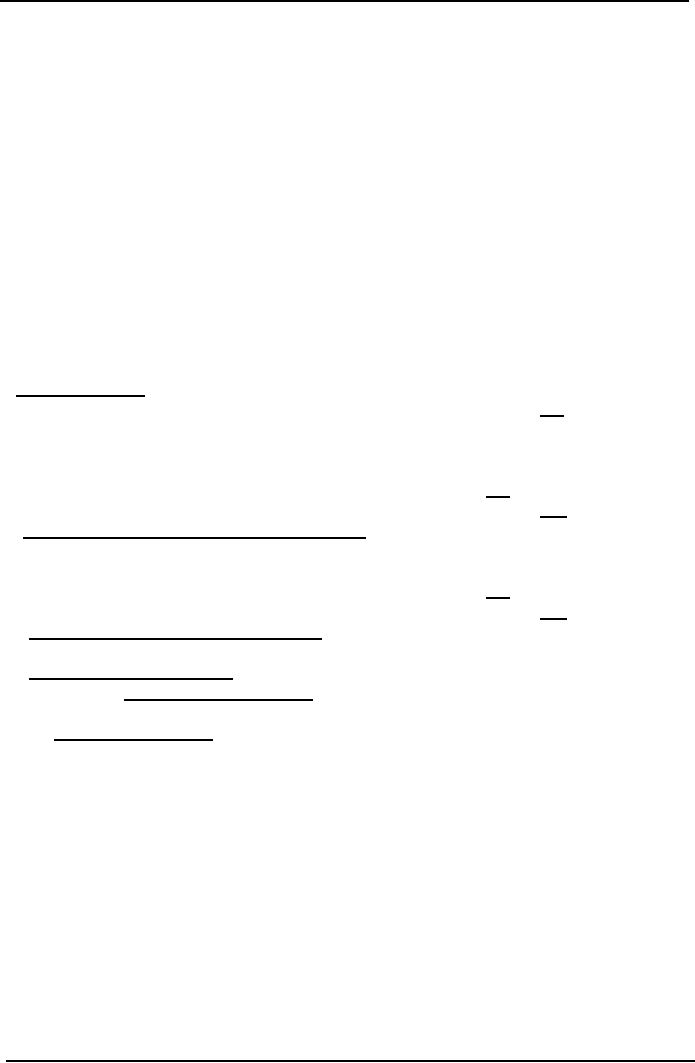
Cost
& Management Accounting
(MGT-402)
VU
Calculation
of cost per unit
In
process costing, costs are
averaged over the units
produced. The costs accumulated to a
process
for
a period are collected and divided by the
number of units equally produced during
the period.
Accounting
treatment / apportionment of the
accumulated cost
The
last section presents a
summary to the explaining
the accounting treatments of the
costs
incurred
in the department. This includes
(i)
Adjustment
for lost units for
normal loss, if any.
(ii)
Cost
transferred out.
(iii)
Cost
of abnormal loss, if
any.
(iv)
Cost
of work in process ending inventory
and
(v)
Any
other accounting adjustment, if
necessary to present.
Cost
of production report is generally
presented to management with
supplementary reports of
usage
of materials, labor and
factory overhead.
Standard
format of a simple
Cost
of Production Report
I-
Quantity Schedule:
Units
put into the
process
***
Units
completed in this process &
transferred
to
next department.
***
Units
not yet completed at the end
of the
Period.
***
***
II-
Cost Accumulated In The
Department / Process:
Direct
Material Cost
***
Direct
Labor
***
Factory
Overhead (Applied)
***
***
III-
Calculation of Equivalent Units
Produced
100%
of completed units + % completed of the in
process units
IV-
Calculation Of Per Unit
Cost
=
Total
Cost
.
Equivalent
Units Produced
V-
Accounting
Treatment
1-
Finished goods
2-
Closing Work in process
137
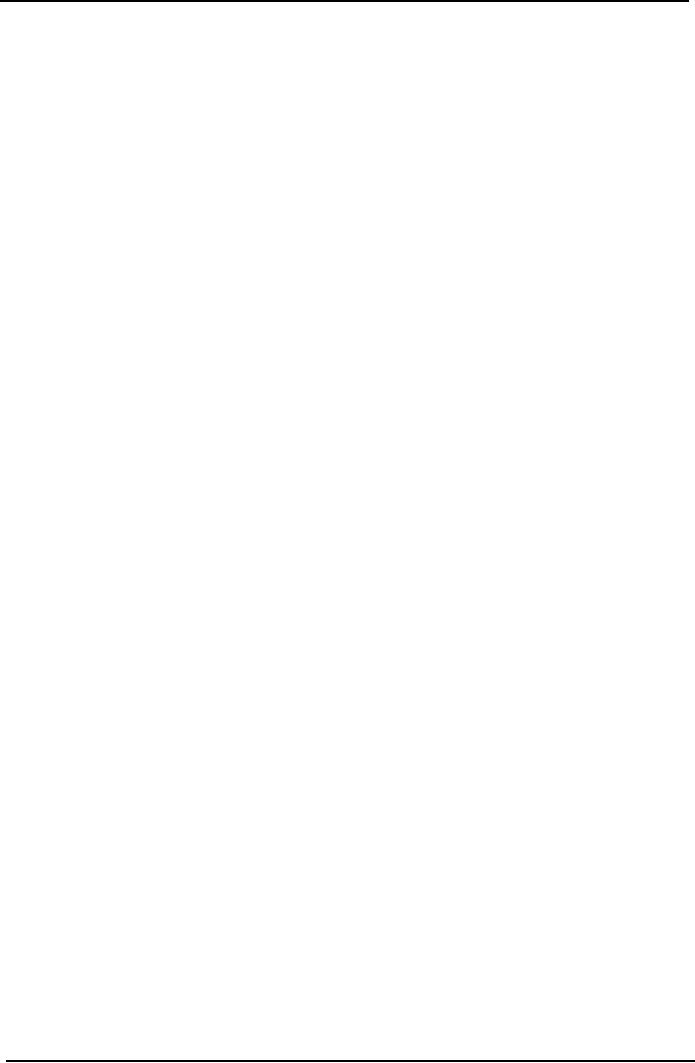
Cost
& Management Accounting
(MGT-402)
VU
Problem
Questions
Q.
1
Heera
Manufacturing Company manufactures a
product. Production made and
manufacturing
costs
incurred in the first
department during the month
of October .are given
below:
10,000
units were started in
process out of which 9,400
units were transferred to
next department
and
remaining 600 units were 1/2
complete as to materials, labor and
overhead. Direct
materials
Rs.
19,400, direct labor Rs.
24,250 and factory overhead
Rs. 14,550 was charged to
production.
Required: Cost
of production report for the
month.
Q.
2
Production
and cost data of first
production department of Excellent
Manufacturing Company
for
the
month of March 2006 are as
follow:
Units
started in process were
5,000. Units completed and
transferred to second department
were
4,500.
Remaining units were in process
estimated to be 50%, 40%,
60% completed as to materials,
labor
and factory overhead respectively.
Costs of materials, labor
and overhead were Rs.
50,000,
Rs.
60,000 and Rs. 40,000
respectively.
Required:
Cost
of production report.
138
Table of Contents:
- COST CLASSIFICATION AND COST BEHAVIOR INTRODUCTION:COST CLASSIFICATION,
- IMPORTANT TERMINOLOGIES:Cost Center, Profit Centre, Differential Cost or Incremental cost
- FINANCIAL STATEMENTS:Inventory, Direct Material Consumed, Total Factory Cost
- FINANCIAL STATEMENTS:Adjustment in the Entire Production, Adjustment in the Income Statement
- PROBLEMS IN PREPARATION OF FINANCIAL STATEMENTS:Gross Profit Margin Rate, Net Profit Ratio
- MORE ABOUT PREPARATION OF FINANCIAL STATEMENTS:Conversion Cost
- MATERIAL:Inventory, Perpetual Inventory System, Weighted Average Method (W.Avg)
- CONTROL OVER MATERIAL:Order Level, Maximum Stock Level, Danger Level
- ECONOMIC ORDERING QUANTITY:EOQ Graph, PROBLEMS
- ACCOUNTING FOR LOSSES:Spoiled output, Accounting treatment, Inventory Turnover Ratio
- LABOR:Direct Labor Cost, Mechanical Methods, MAKING PAYMENTS TO EMPLOYEES
- PAYROLL AND INCENTIVES:Systems of Wages, Premium Plans
- PIECE RATE BASE PREMIUM PLANS:Suitability of Piece Rate System, GROUP BONUS SYSTEMS
- LABOR TURNOVER AND LABOR EFFICIENCY RATIOS & FACTORY OVERHEAD COST
- ALLOCATION AND APPORTIONMENT OF FOH COST
- FACTORY OVERHEAD COST:Marketing, Research and development
- FACTORY OVERHEAD COST:Spending Variance, Capacity/Volume Variance
- JOB ORDER COSTING SYSTEM:Direct Materials, Direct Labor, Factory Overhead
- PROCESS COSTING SYSTEM:Data Collection, Cost of Completed Output
- PROCESS COSTING SYSTEM:Cost of Production Report, Quantity Schedule
- PROCESS COSTING SYSTEM:Normal Loss at the End of Process
- PROCESS COSTING SYSTEM:PRACTICE QUESTION
- PROCESS COSTING SYSTEM:Partially-processed units, Equivalent units
- PROCESS COSTING SYSTEM:Weighted average method, Cost of Production Report
- COSTING/VALUATION OF JOINT AND BY PRODUCTS:Accounting for joint products
- COSTING/VALUATION OF JOINT AND BY PRODUCTS:Problems of common costs
- MARGINAL AND ABSORPTION COSTING:Contribution Margin, Marginal cost per unit
- MARGINAL AND ABSORPTION COSTING:Contribution and profit
- COST – VOLUME – PROFIT ANALYSIS:Contribution Margin Approach & CVP Analysis
- COST – VOLUME – PROFIT ANALYSIS:Target Contribution Margin
- BREAK EVEN ANALYSIS – MARGIN OF SAFETY:Margin of Safety (MOS), Using Budget profit
- BREAKEVEN ANALYSIS – CHARTS AND GRAPHS:Usefulness of charts
- WHAT IS A BUDGET?:Budgetary control, Making a Forecast, Preparing budgets
- Production & Sales Budget:Rolling budget, Sales budget
- Production & Sales Budget:Illustration 1, Production budget
- FLEXIBLE BUDGET:Capacity and volume, Theoretical Capacity
- FLEXIBLE BUDGET:ANALYSIS OF COST BEHAVIOR, Fixed Expenses
- TYPES OF BUDGET:Format of Cash Budget,
- Complex Cash Budget & Flexible Budget:Comparing actual with original budget
- FLEXIBLE & ZERO BASE BUDGETING:Efficiency Ratio, Performance budgeting
- DECISION MAKING IN MANAGEMENT ACCOUNTING:Spare capacity costs, Sunk cost
- DECISION MAKING:Size of fund, Income statement
- DECISION MAKING:Avoidable Costs, Non-Relevant Variable Costs, Absorbed Overhead
- DECISION MAKING CHOICE OF PRODUCT (PRODUCT MIX) DECISIONS
- DECISION MAKING CHOICE OF PRODUCT (PRODUCT MIX) DECISIONS:MAKE OR BUY DECISIONS